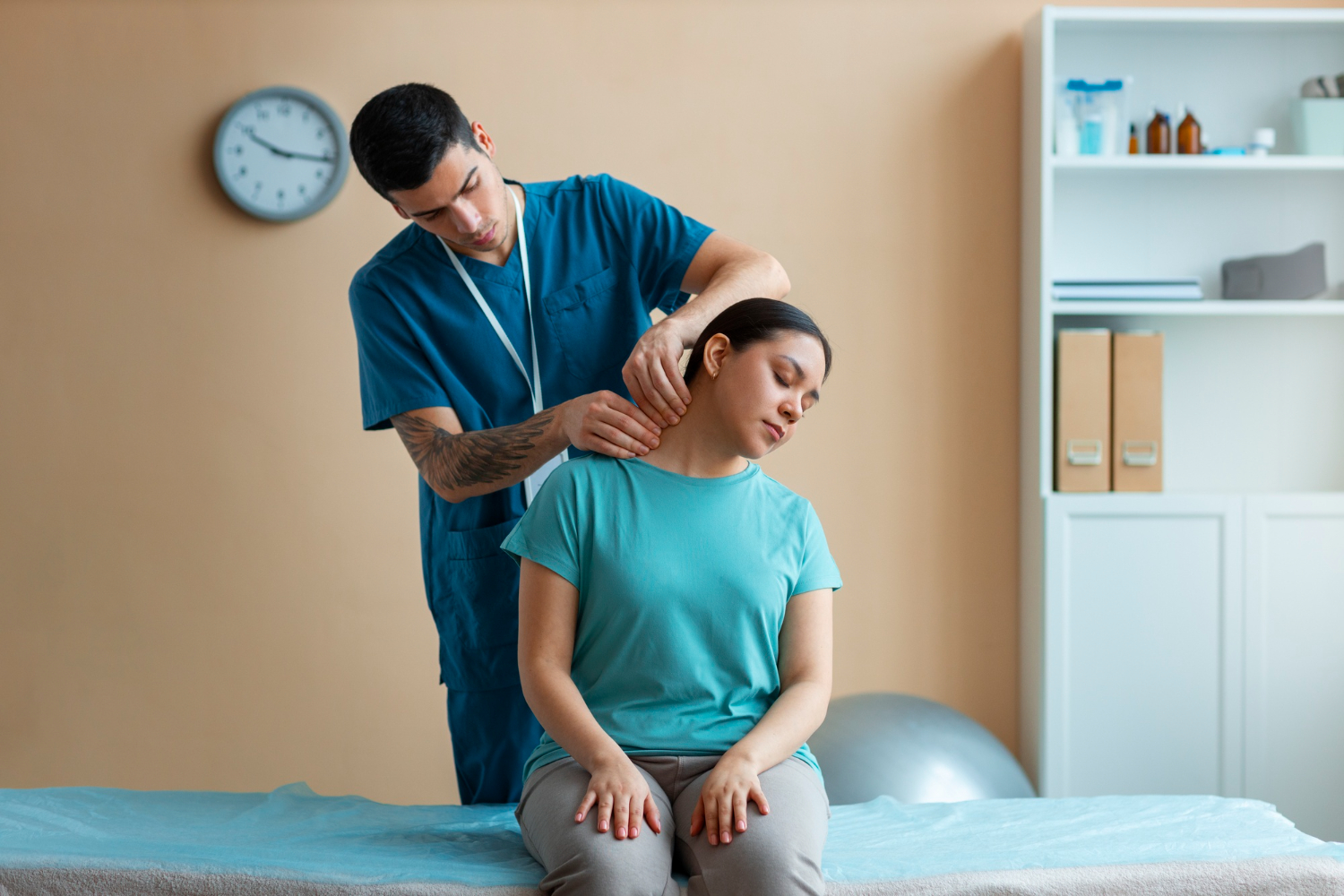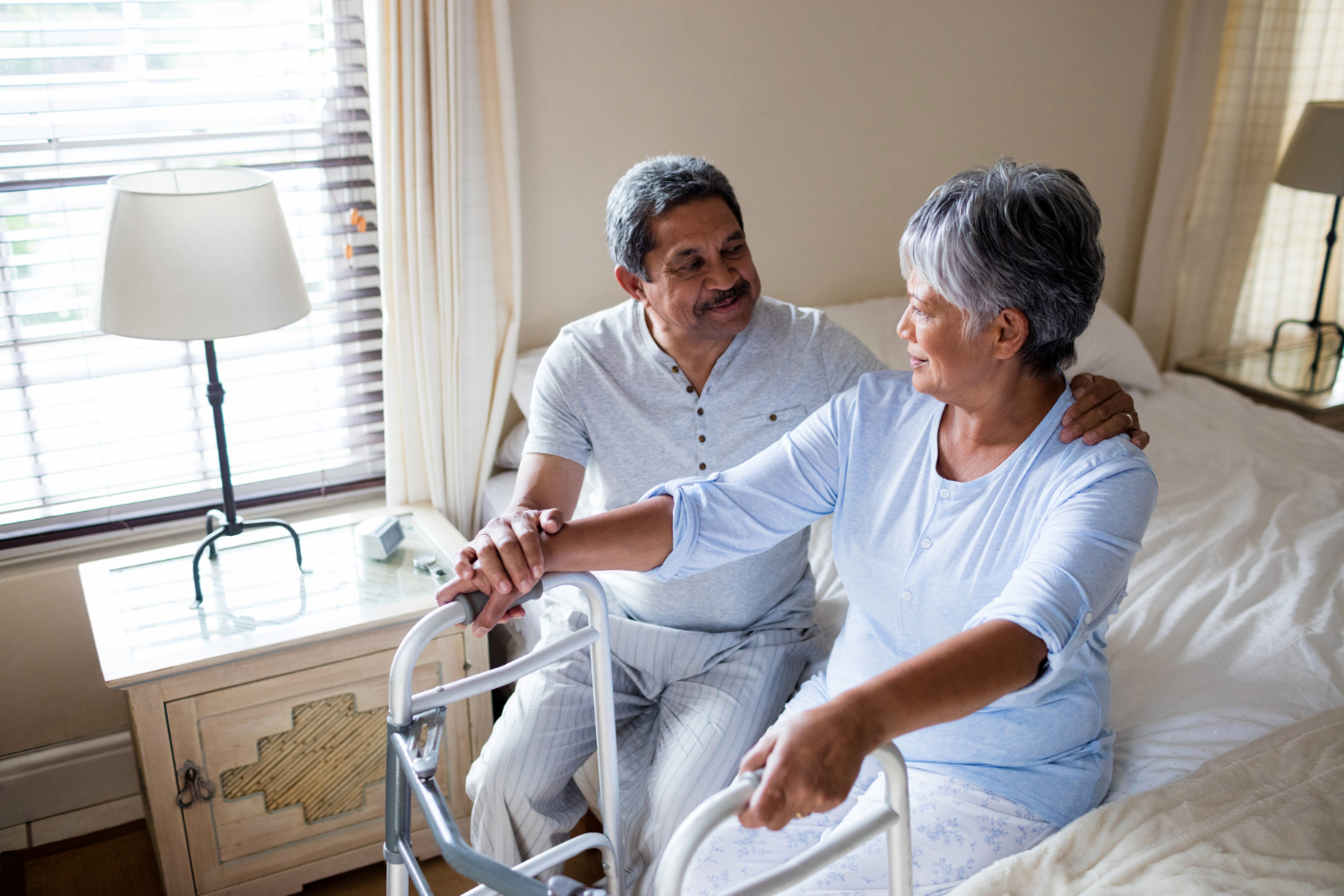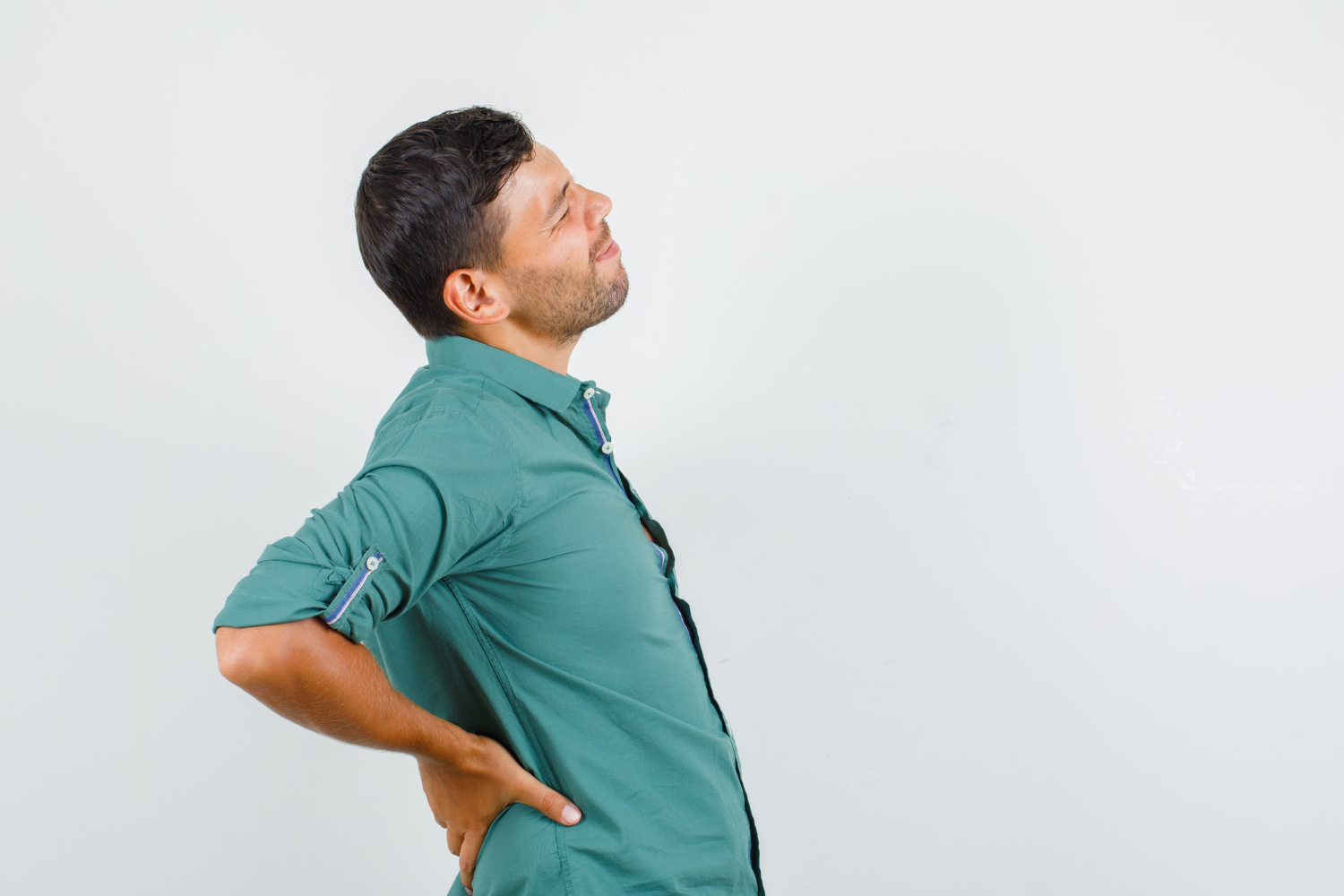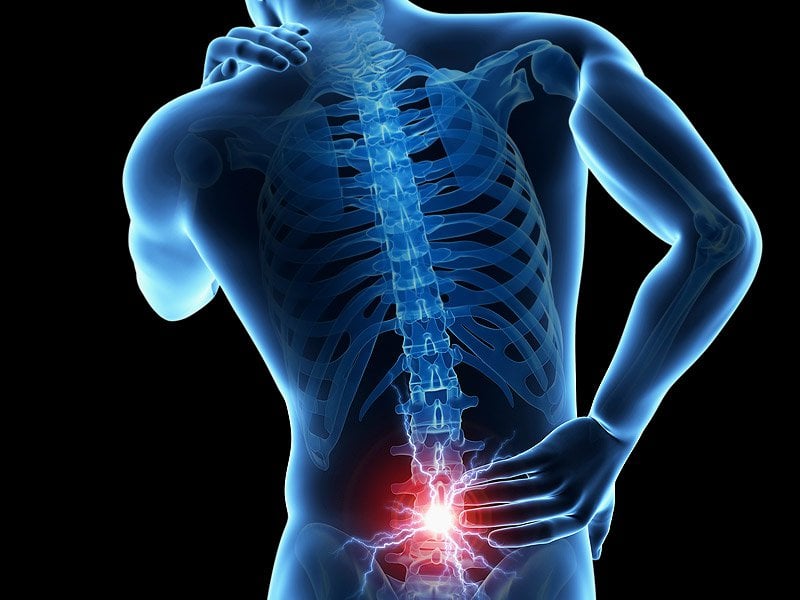Feel Better, Move Better, Live Better.
Expert physiotherapy care to restore movement, relieve pain, and enhance your well-being

Healing Hands, Caring Hearts.
Helping you move better, feel better, and live pain-free.
Happy Patients
Years of Service
Patients Treated
Your End to End Physiotherapy.

Physiotherapy

Geriatric Patient

Frozen Shoulder

Stroke

Slipped Disc

Low Back Pain

Neck Pain

Paralysis



Our Specialists
Dr. Murtuza Rangwala
B.P.Th, MIAP, MIASM, MAIAARO Consultant Physiotherapist
Working Hours
We provide personalized service for your Physiotherapy needs
Dr. Vyas's clinic
Monday – Saturday 8:00 AM – 1:00 PM
Address: Jolly maker apt 3, 1st floor, Cuffe Parade. Mumbai - 400005
Rangwala's Physiotherapy Centre
Monday – Saturday 4:30 PM – 8:00 PM
Address: Sarkar Residency, A wing, shop no 1, Dr. Mascarenhnas road, Anjirwadi, Mazagaon, Mumbai 400010
Mittal Hospital
Monday – Saturday 8:30 AM – 12:30 PM
Address: 5th Floor Netaji Subhash Road Marine Drive Mumbai 400 002
Our Values And Principle
Vision
To be the leading provider of innovative physiotherapy care, empowering individuals to achieve optimal physical wellness through evidence-based treatments and exceptional patient-centered service.
Mission
Our mission is to deliver high-quality, personalized physiotherapy solutions tailored to meet each patient's unique needs, fostering recovery and improved quality of life through expert care and therapeutic excellence.
Values
Commitment to compassionate care, patient well-being, continuous professional development, and holistic treatment approaches, ensuring we exceed expectations and drive long-term health outcomes for our patients.
Gallery
We keep you Smiling and Happy
Ensuring customer delight and satiscation
Follow Us
For Knowing about us
Follow us on
Address
Jolly Maker apt 3, 1st floor, Cuffe Parade. Mumbai – 400005.
© Copyright 2024. Dr. Murtuza Rangwala. All Rights Reserved.


.png)
.png)
.png)





